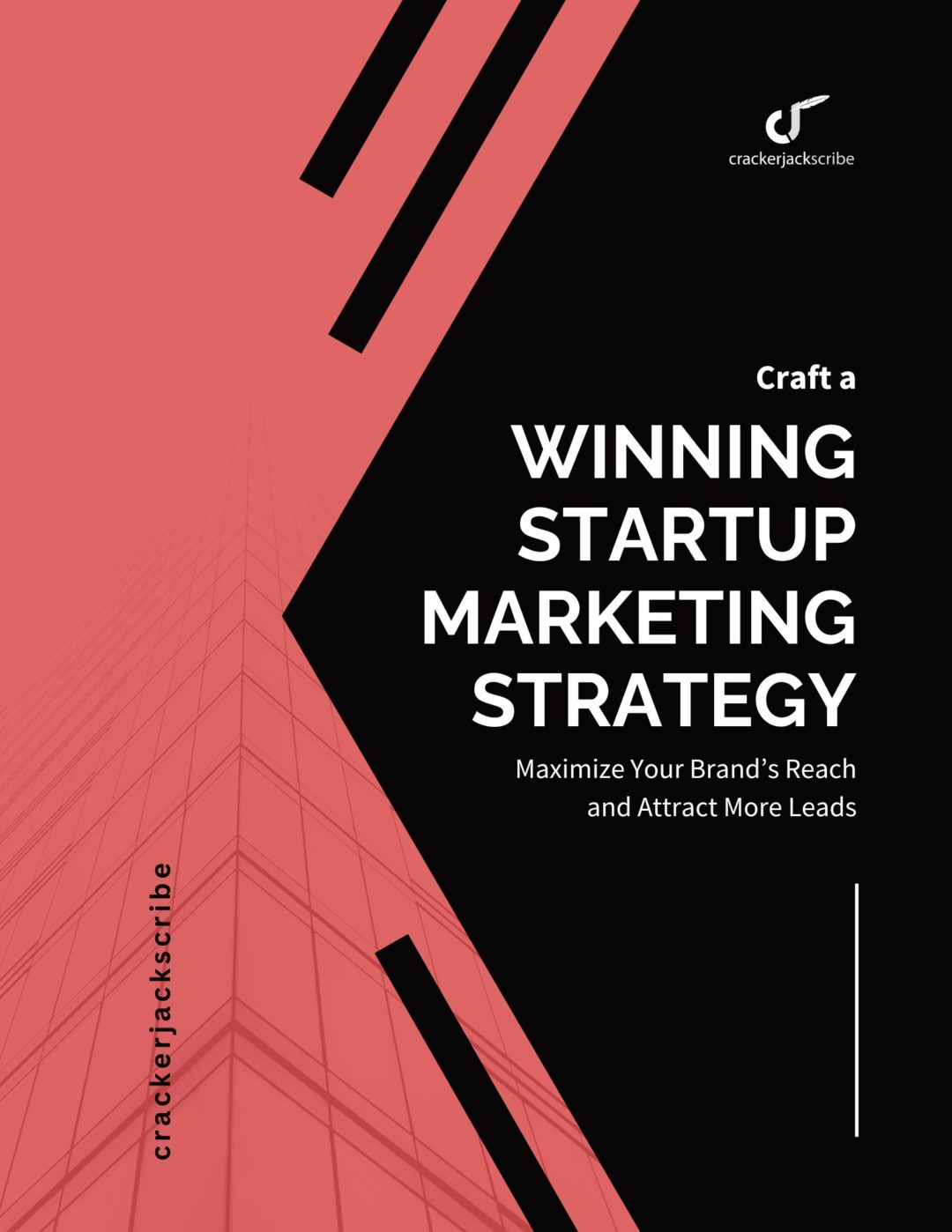Publishing quality content online is one of the keys to establishing yourself as an authority in your business area. It will also help your target audience find your business through search engines or social media.
Therefore, it’s important to find the best blogging sites with which to publish your content.
I’ve profiled three blogging platforms here, as well as listed a few other options, free and paid. For businesses that want free, easy-to-setup platforms that will have you blogging in literally minutes, WordPress, Medium, and LinkedIn are my picks for the best blogging sites.
In addition to ease of use, the criteria I used to choose these platforms is the ability to use them to reach your target audience via search engine optimization and built-in audiences.
WordPress

First of all, be aware that there are WordPress.org and WordPress.com. The first is where you can download the free, open-source WordPress software and install it on your hosted Web site to create a blog or even a full-throttle Web site. WordPress.com is a hosting site that utilizes the software from WordPress.org.
It may be easier for you to set up a blog site at WordPress.com, which is free, but there are downsides, such as not being able to upload customizable themes, modify the .php code behind your blog, or install plugins (software to customize a blog site ). If you pay for an upgrade, then you’ll have access to the above, as well as be able to have a domain name without wordpress.com attached to it.
But if you set up your blog by installing WordPress on a site hosted at Bluehost or another server, many of the plugins are free, and you will have greater user control and customization options.
There is a learning curve to using WordPress, but if you have the time, once it’s up, it’s easy to add new pages and publish your blog posts.
(Read the blog post How to Setup up a WordPress site and blog hosted on another server like Host Gator or Bluehost)
Medium

Medium was all the rage for a while. Many bloggers reported seeing their following numbers multiply extensively on that platform and sending traffic to their websites.
Medium has since undergone a few changes and is now a paid platform. You can still set up a blog for free, but readers can only access three articles for free each month. To get unlimited access, you must pay $5 per month, which isn’t too expensive.
The platform is clean and modern and allows for large feature images on posts. You can also add subheadings, quote styling, and the ability to link to outside URLs. Also, you can create a publication dedicated to one topic and invite other Medium bloggers to contribute.
You can tag your posts with related categories to ensure it’s found by your target audience. A great feature is followers will receive email notifications about new posts.
A bonus to blogging on this platform is it has more than 100 million monthly visitors. So, there is a built-in audience.
If your target audience is in the B2B industry, LinkedIn can be an excellent platform for your business blog. As a free platform, LinkedIn offers several advantages that other platforms do not have.
First and foremost, LinkedIn has built-in audience: professionals who are looking for business-related information and connections. By publishing a blog on LinkedIn Pulse, you have a built-in audience ready to read your content.
Furthermore, LinkedIn ranks high on search engine results. As a professional networking site with a high domain authority, LinkedIn content tends to rank higher in search results than content from other platforms. By publishing on LinkedIn, you can improve your visibility and increase the likelihood of ranking for your primary keywords.
Additionally, LinkedIn allows for targeted reach. As you write your blog articles, you can target your audience by using LinkedIn’s filtering tools. This way, your content will reach the people who are most interested in your product or service.
Also, when you publish a new article, your followers are notified on the platform, and if you’re lucky, and you’re article is well written, LinkedIn might feature your work.
Finally, LinkedIn can help establish thought leadership. By publishing regular content on LinkedIn, you can position yourself or your brand as an authority in your industry.
Overall, LinkedIn offers several advantages for your business blog. It has a built-in audience, high domain authority, targeted reach, and the ability to establish thought leadership.
Other Best Blogging Sites
TypePad
Typepad.com offers customer support and Web hosting at prices ranging from $8.95 per month to $90 for premium services. They also offer Enterprise accounts for businesses, which costs $50 monthly. Customized designs, domain mapping, blog stats, and integrated social media are some of the other features offered.
Some of the pros of using TypePad include:
- Ease of use: TypePad is easy to use, even for beginners. The interface is clean and intuitive; plenty of tutorials and help articles are available for assistance.
- Powerful features: TypePad offers a variety of powerful features that can help you create a professional-looking blog. These features include a built-in editor, a powerful search engine, and a variety of templates and themes.
- Monetization options: TypePad offers a variety of monetization options that can help you generate income from your blog. These options include advertising, affiliate marketing, and paid subscriptions.
Some of the cons of using TypePad include:
- Cost: TypePad is not free to use. Various pricing plans are available, starting at $9.95 per month.
- Limited customization: TypePad is not as customizable as other blogging platforms like WordPress. However, various ways to customize your blog still exist, including changing the theme, adding widgets, and embedding social media buttons.
- Lack of control: When you use TypePad, you do not completely control your blog. TypePad can change your blog’s design, features, and functionality anytime.
Substack
Substack is a great platform to use for blogging because it is easy to use, has a clean design, and allows content monetization. It is also a great way to build a community around your writing.
Here are some pros and cons of Substack:
Pros:
- Easy to use
- Clean design
- Allows you to monetize your content
- Great way to build a community around your writing
Cons:
- Can be expensive for paid subscriptions
- Not as customizable as other blogging platforms
- Limited analytics
Overall, Substack is a great platform for bloggers who want to create a professional-looking blog that is easy to use and monetize. However, it is important to keep in mind that it can be expensive for paid subscriptions and it is not as customizable as other blogging platforms.
In Summary
Our choices for the best blogging sites to get started with your content marketing are WordPress, Medium, and LinkedIn. We chose these blogging platforms for ease of use, SEO capabilities, and the ability to reach your target audience. Additionally, we recommend Substack and TypePad as decent alternatives.




Leave a Reply